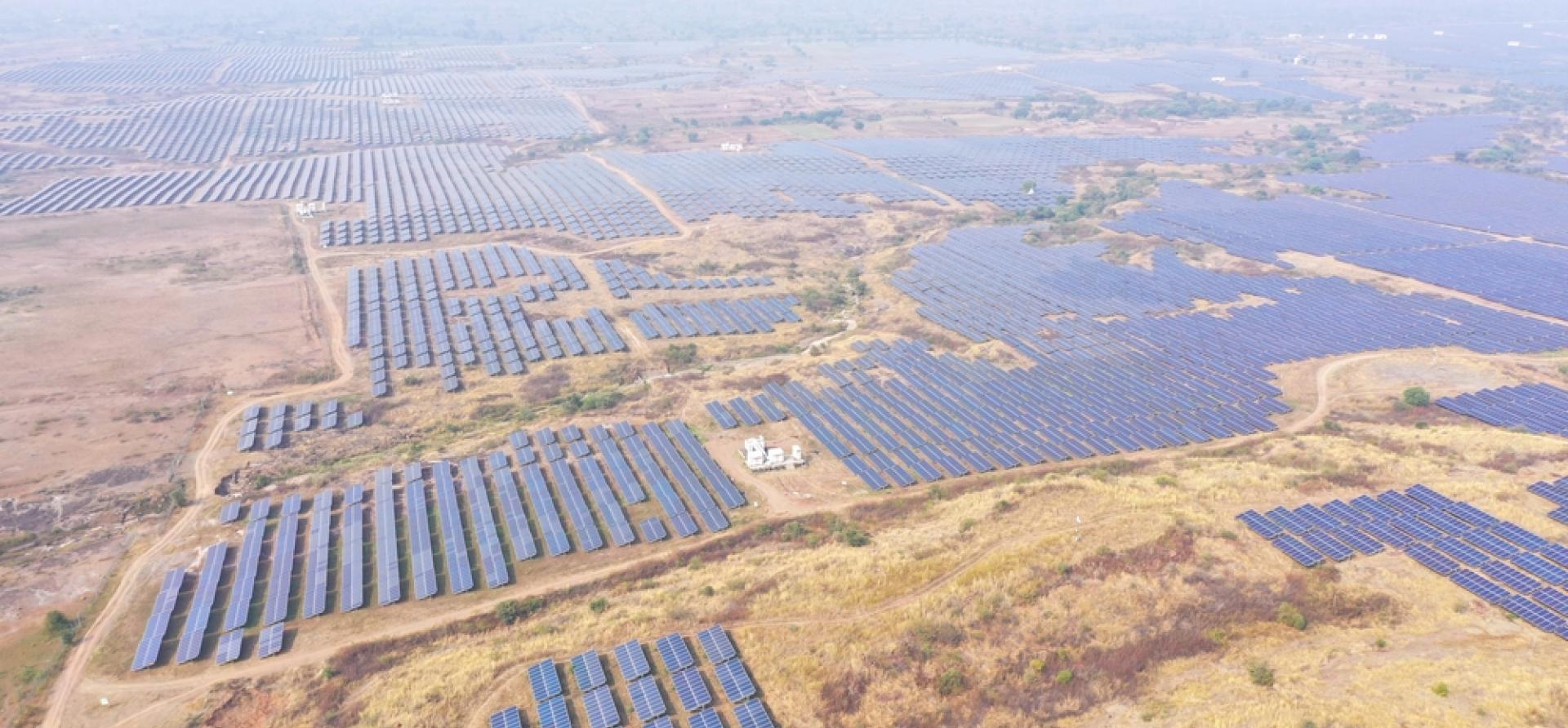
Key Findings
Renewable energy in India has taken centre-stage when it comes to the significant development of energy infrastructure required to achieve India’s economic goals.
India’s electricity sector transition had a promising start, driven by deflationary momentum in the cost of solar and wind energy generation equipment, cheaper financing and a favourable policy environment.
Most of the renewable energy capacity installed in India since FY2017/18 till date has been at tariffs 60-70% less than the first-year tariff set for proposed new non-mine mouth coal-fired power plants.
Executive Summary
Renewable energy in India has taken centre-stage when it comes to the significant development of energy infrastructure required to achieve India’s economic goals.
In 2016, the Indian government set a giant target of 175 gigawatts (GW) of renewable energy by financial year (FY) 2021/22 and 275GW by FY2026/27 to transform the power sector from an expensive, unreliable, and polluting fossil-fuels based system into a low-cost, reliable and low-emission system based on renewable energy. In February 2019, the target was upgraded to 450GW by 2030 as per the Central Electricity Authority’s latest draft report on ‘optimal generation capacity mix for 2030’.
India’s electricity sector transition had a promising start, driven by deflationary momentum in the cost of solar and wind energy generation equipment, cheaper financing and a favourable policy environment.
As of March 2020, India’s on-grid renewable energy capacity stood at 87GW. Of the 30GW of renewable energy capacity installed since the beginning of FY2017/18 coupled with an additional 50GW awarded to date, more than 90% has been contracted at tariffs ranging between Rs2.43-2.80/kilowatt hour (kWh) (~US$35-40/MWh) with zero indexation for 25 years. This is 60-70% less than the first-year tariff set for proposed new non-mine mouth coal-fired power plants in India.















